Last fall, when the new Big Apple Circus opened in New York, naturally I wanted to see the reviews. There were only a few of them from major publications, and the show posted excerpts from them on its very impressive website, the quotes appearing one after another in a kind of stream.
I had already read The New York Times notice, which I I have discussed here several times.
One in particular, from The Wall Street Journal, stood out on the Big Apple Circus website. “It’s the most star studded show! The most daring feats in the world.”
Phantom review
Okay, I let go. For a time, I wondered if Big Apple had informally secured the quotes from a Wall Street Journal staffer who had seen the show and gave his or her permission to quote. Those words — “the most star-studded show!” — did not come out of nowhere. Somebody had to have written them.
Advance to the present. I have been lately looking at the Big Apple Circus website, interested to see what they might announce for their new show due out this October. Each time you log in, you will see the same quotes that were used last year from the reviews. Thus, I again faced the confounding WSJ mystery: Why can’t I find an actual review in the Journal?
Goggling in the dark
So, this time, about ready to give up, I goggled a few of the words quoted by Big Apple Circus along with "Wall Street Journal". The story with which I was already familiar but had never been able to read in full again popped up. And I spotted a few of my search words -- maybe they did review -- only to lose them when the large Subscribe-Now ad blocked me out. I had to get back in there and get more.
Feeling like the fashion photographer in Antonion’s film Blowup, who studies enlarged photographs of shots he took in a park where a murder had been committed, I was scanning my pc screen as fast as I could each time I got the Journal story back up, only in seconds to be blocked out again by the the Subscribe-Now ad. I linked off and back on, and hurried to scan more words. I repeated this furious chase over and over, each time racing across text to find where I had been the previous time in order to read more: "put on one of the most star-studded shows ..." It was a review.
Shocking discovery
Or was it? Ad block! Out and back in: “For its return, the Big Apple Circus says it will put on one of most star studded shows since it began four decades ago ... The show features two of the most daring acts in the circus world -- the quad on the trapeze and the seven person pyramid on the high wire. ‘We wanted to make sure we had the best show we could put together,’ said Neil Kahanovitz.’”
Jackpot! Nailed! From the boss himself. And then, why hadn't I thought of this until now, I took screen shots of the text with my iPhone. So now I have the complete text. And by now, too, that obnoxious ad gave up on me, and left me alone. Out of robotic respect?
The story itself was written by Wall Street Journal staffer Charles Passy, who was in no way reviewing a circus yet to open, but passing along what he had been told about it by its management “The Big Apple circus says.” .
Double Duplicity
So, here we have one extraordinary deception: a circus quoting itself from a story in which it is quoted, and then framing its own quotes to appear as excerpts from a review by somebody else in the very same publication.
And yet another deception. Note how Big Apple Circus edited its own quote to make it appear even stronger:
What the Journal wrote: "one of its most star studded shows."
How Big Apple changed the wording": "it's most star-studded show!"
Mystery solved. And what a shock. I can’t recall false advertising ever stooping to so shameful a low, not just under the big tops, but all along the entertainment spectrum. I doubt that even Irvin Feld would have had the nerve to try bringing off such a brazen appropriation. And if the Wall Street Journal actually approved of this, they come off looking equally duplicitous.
Fake media captured
The whole thing causes me to wonder about a number of things I have here addressed about the new Big Apple Circus last year, not the least being the New York Times giving the show a Critics Pick when its critic gave it a ho-hum write up, at best. And to wonder about inside connections, etc and why, when interviewed by chirpy Anthony Mason of CBS and then later, by the Washington Business Journal, Kahanovitz was never once asked by either for attendance figures or profits earned. Not even from a "business" journal?
Hyperbole has always been a factor in circus ballyhoo, and something the public has looked for, and enjoyed, despite grumbling about it. Ballyhoo is a form of courtship, which is why reputable objective reviews from reputable sources play an even more important role than ever before. Beware of fake reviews.
From The Wall Street Journal story, High Wire Act for Big Apple Circus, October 26, 2017
As posted on Big Apple Circus website
8.17.18






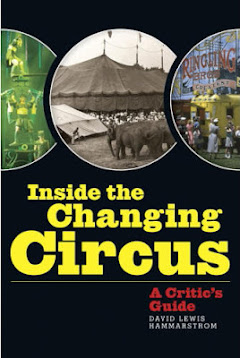
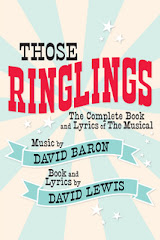

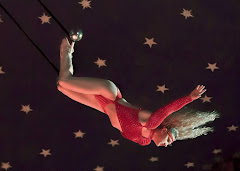
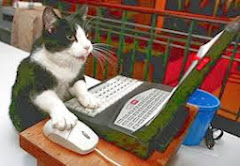



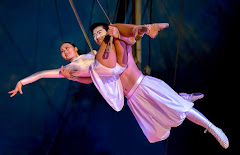

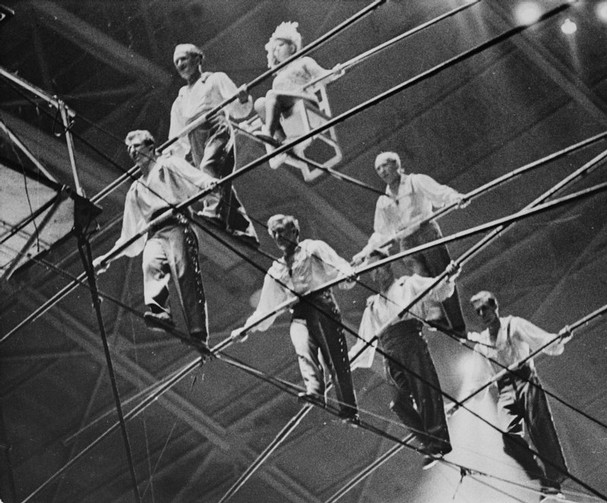
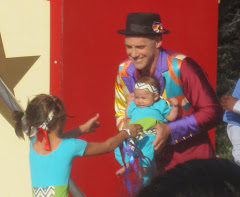
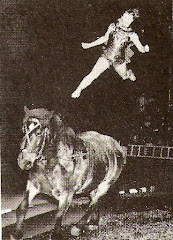
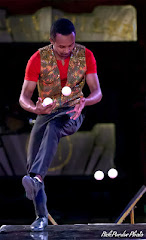



No comments:
Post a Comment